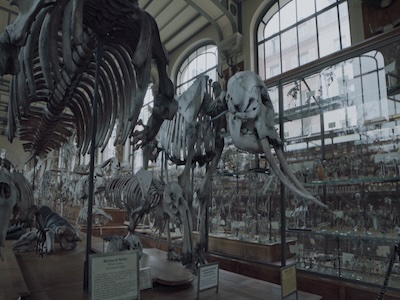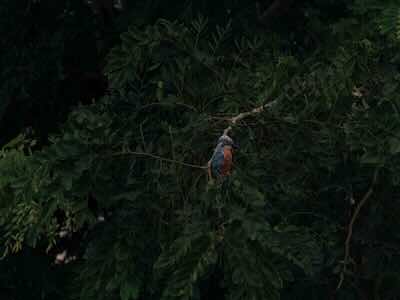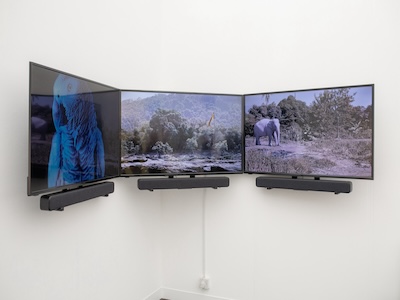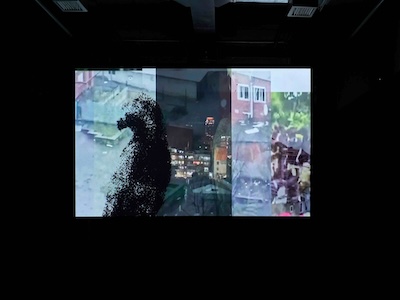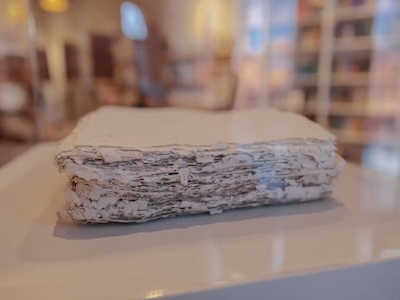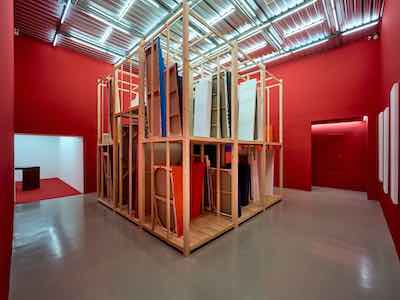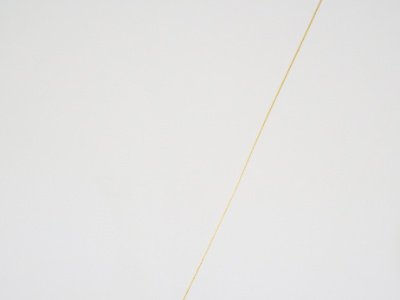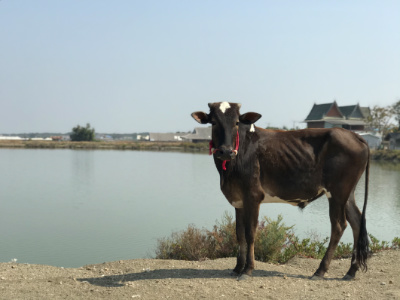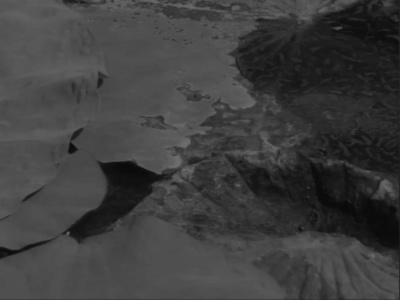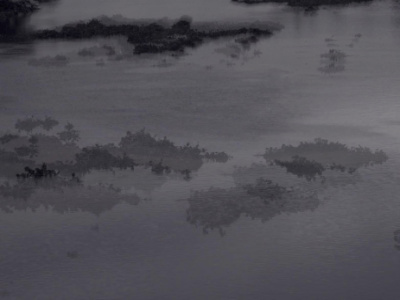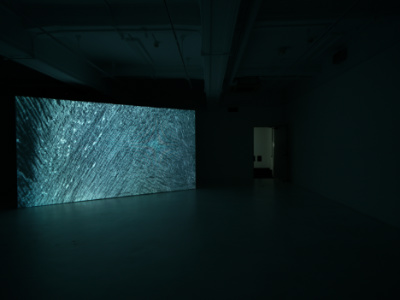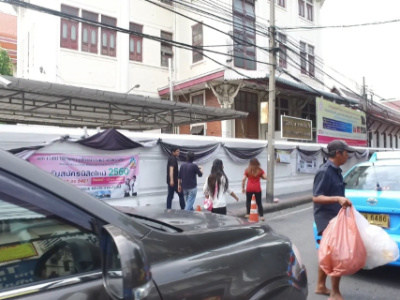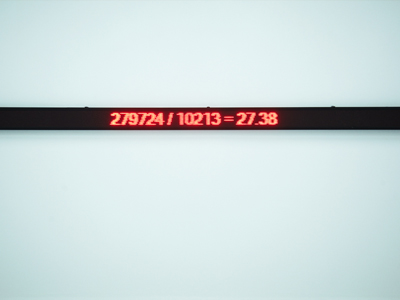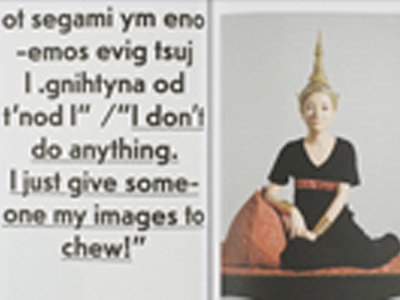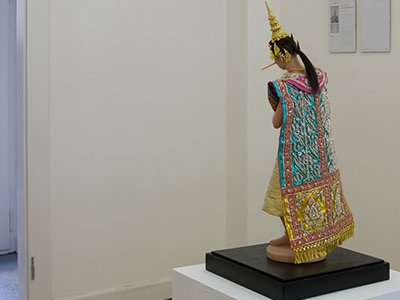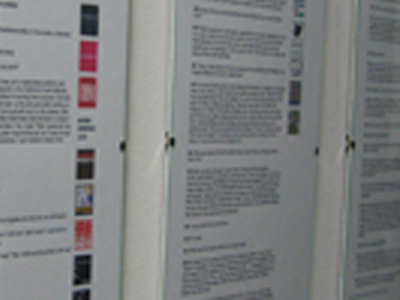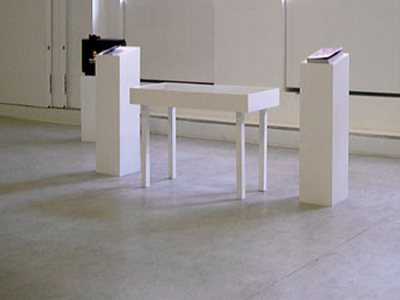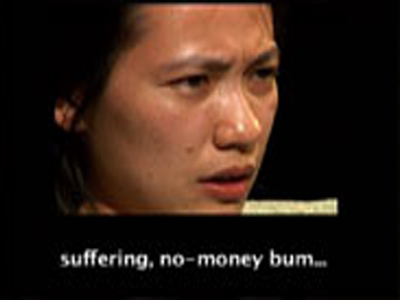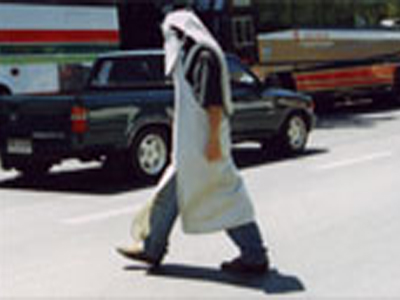Artist's statement
Wantanee Siripattananuntakul is a Bangkok-based artist working across video, installation, and sculpture. Her practice moves through two parallel yet interconnected lines of inquiry: economic and political structures, and beyond-human perception—including ecology, multispecies relations, and cosmology. These directions coexist rather than compete, intersecting or diverging depending on the site, subject, and moment of research.
Her long-standing engagement with economic and ideological inequality is evident in works such as (Dis)continuity(2012), Living with Uncommon Value (2012), The Price of Inequality (2015), and The ‘End of History’ Will Not Come Tomorrow (2022). These projects remain active within her practice, resurfacing when new conditions, contexts, or questions necessitate their return.
In parallel, since 2013, Wantanee has developed a sustained collaboration with her African Grey parrot, Beuys. The relationship initially engaged Joseph Beuys as a conceptual device—a point of tension rather than admiration—used to question the symbolic weight of his legacy and the limits of human-centred authorship. As the work evolved, the collaboration moved beyond this art-historical reference and became grounded in daily interspecies interaction, exploring animal intelligence, communication, and more-than-human agency. Works such as "Ja Ja Ja Ne Ne Ne " (2016) and "Everyone Is… " (2017) extend this interrogation, challenging human-centric assumptions about perception, intention, and creative authorship.
These two inquiries increasingly converge in her ecological and multispecies works. Making the Unknown Known (2023) links geopolitical conflict, disrupted migration, and global systems of extraction, while Making Shadows Speak (2025) examines imperial afterlives and environmental disappearance through the witnessing presence of a parrot. In these works, political awareness and ecological attention operate simultaneously, revealing how systems of power extend across species and environments.
Since 2025, she has developed a conceptual platform that signals a new direction in her practice. Rather than functioning as a single artwork, it opens a research space where questions of perception become starting points for exploring orientation, gravity, time, and the invisible forces that shape how beings inhabit the world. The question “Do parrots see the stars?” serves not as a thematic limit but as an entry point—an invitation to consider how different forms of intelligence and embodiment relate to planetary and cosmic structures. Rather than replacing earlier concerns, this platform sits alongside her political and more-than-human interests, offering an expanded scale through which her practice can unfold.
